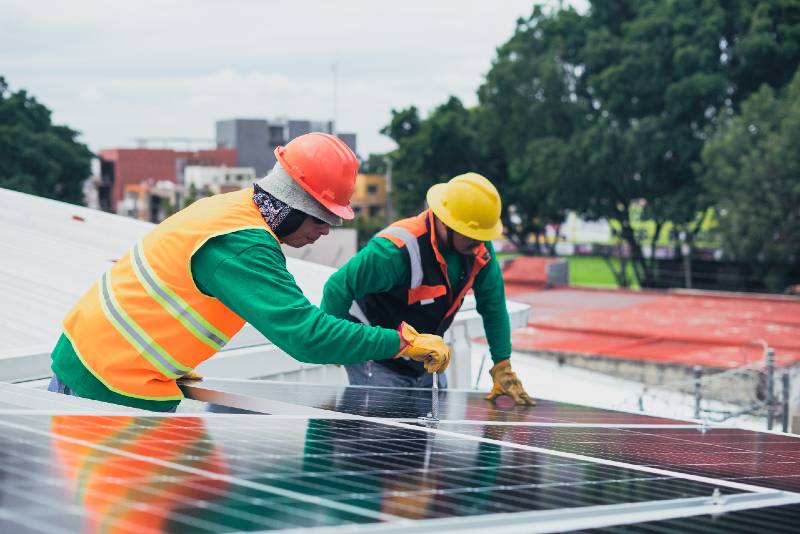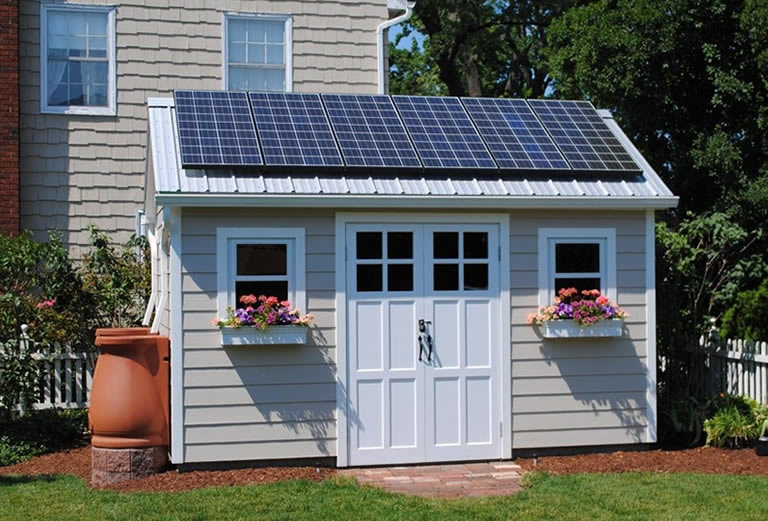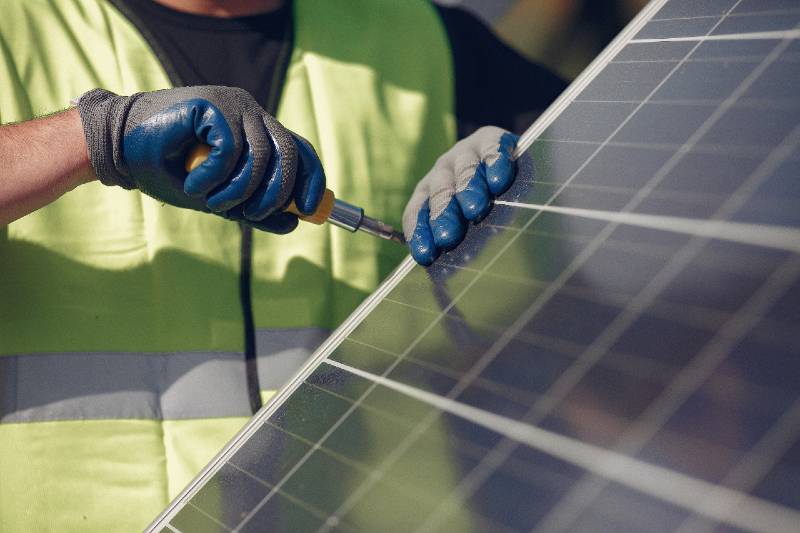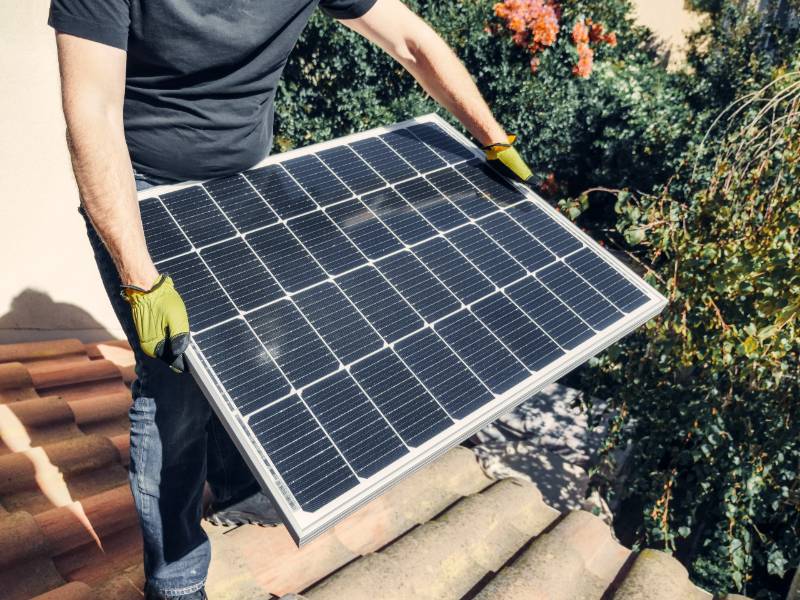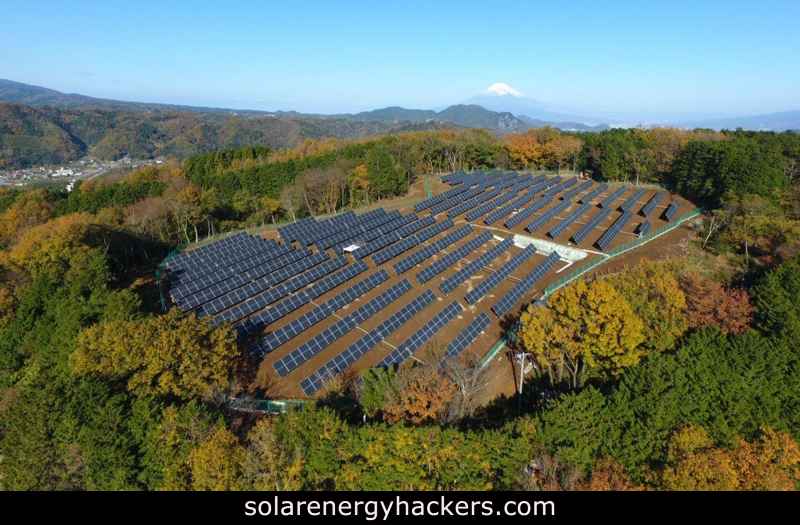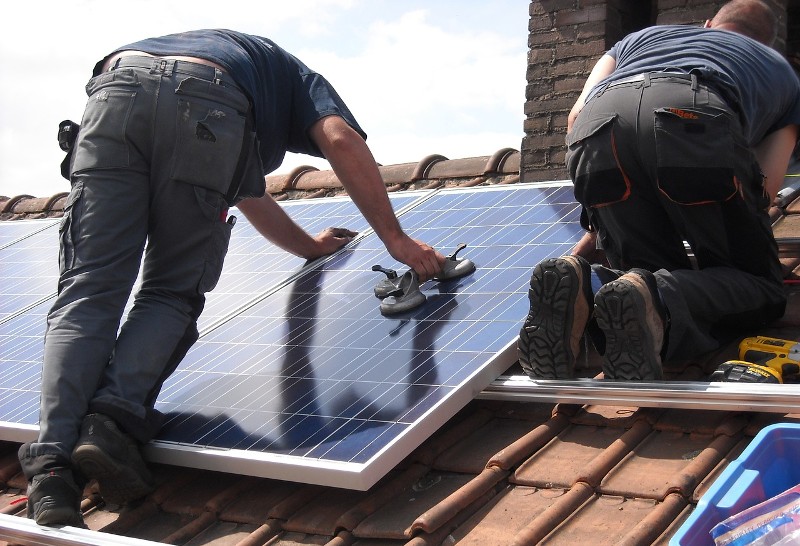With recent advancements in solar technology, the solar panel has become more and more affordable for homeowners.
For a 1500 square foot house, it is estimated that the cost of a solar panel installation will range from $10,249 to $12,325, depending on your energy needs and where you live.
In this article, we will take a closer look at how the cost of the solar panel is determined and what factors can affect that cost.
So if you’re thinking about making the switch to solar, read on to learn more about how much it will cost for a 1500 square foot house.
Key Takeaways:
- The average cost of the solar panel is $7 per square footage.
- The average cost of the solar panel is $2.86 per watt.
- The cost of your solar power system depends on many factors such as where you live, the type & quality of the solar panel you use, the type of solar installation, your roof condition, and many more.
- A 1,500 square footage home needs about 15-20 panels.
- The solar panel last 20-25 years and pay for themselves within 8 years.
How Much Do Solar Panels Cost Per Square Foot?
According to the latest data we have, the average cost of a residential solar panel per square foot is roughly $7.
Knowing the cost per square foot might be a good starting point for your calculations but most installers calculate your solar panels cost based on the energy you need, not the size of your house.
The average residential solar power system costs around $2.86 per watt (before tax credit,) and the average 1500 square foot home would need roughly 5kW of panels to generate enough energy to cover 100% of its electricity use.
What Affects Solar Panel Price for a 1500 Square Foot House?
There are a number of factors that can affect the final cost of installing a solar panel in your home, including:
1. Where You Live
The state you live in has a huge impact on how much you will pay for your solar panel.
In a state like Arizona, where solar panel is abundant and the sunlight is plentiful, you can expect to pay around $2.33 per watt on average.
On the other hand, if you live in Washington, you will pay closer to $3.50 per watt on average.
This big price difference can be attributed to a number of factors, such as:
- Tax credits and other financial incentives
- The cost of permits
- The cost of electricity
- The amount of sunlight your area receives (more sunlight = more electricity production from a smaller solar system)
- The number of experienced solar installers in your region (more installers = more competition = lower prices)
2. The Type of Solar Panels You Choose
When it comes to installing the solar panel in your home, there are a few different types of the solar panel to choose from:
- Monocrystalline: It’s the most efficient type of solar panel and produces more solar power per square foot than any other panel. However, it’s also quite expensive and can be up to 20% more expensive than other panels.
- Polycrystalline: This is the most commonly used type of solar panel. It’s slightly less efficient than monocrystalline, but also less expensive.
- Thin Film: They are not as efficient as other types of solar panels, but are much cheaper and come in many different shapes and sizes.
- Solar Shingles: Solar shingles are a fairly new innovation and look more like traditional asphalt tiles than solar panels. They are basically roof shingles that have solar cells embedded in them, and they can be used to produce clean electricity while also adding an aesthetic touch to your roof.
3. The Type of Solar Installation You Want
There are 3 types of solar systems:
- Grid-Tied Solar System: This is the most commonly used type of solar power system because it’s 2-3 times cheaper than other systems. In this installation type, you’ll use the grid as your own battery. When you generate more electricity than you are currently using, you’ll sell this electricity back to the grid, and when you need more electricity than you are currently generating, you’ll buy it from the grid.
- Off-Grid Solar System: An off-grid solar system is designed to produce electricity independent of the grid. You buy your own set of batteries and you can store the excess energy generated by your solar panels to use when you need it.
- Hybrid Solar System: A hybrid solar system is a combination of the two systems we mentioned above. You’ll have your own battery system, yet you’ll also be able to sell your excess solar energy back to the grid and buy energy when you need it.
4. Your Roof Type & Condition
The condition and type of your roof can also determine how much you will pay for your solar panels.
Solar panels don’t damage your roof but some roofing material is just bad for solar.
For example, slate roofs are horrible for solar panels because they are prone to cracking, so to install solar panels on slate roofs, installers need to use expensive and special mounting systems.
If your roof has a lot of shading, you might need to buy a larger solar system in order to make up for the energy lost, which can significantly increase how much you pay for solar panels.
If your roof is too small, you’ll need to invest in higher-efficiency solar panels to squeeze as much solar energy out of every square foot.
Finally, if your roof is old or damaged, you may need to pay extra for repairs or a new roof before installing solar panels.
All these factors will impact how much you pay for solar panels, and it’s important to consider them before making a final decision.
Residential Solar Panels Price Breakdown
Here is a breakdown of how the cost of residential solar panels is typically calculated:
- 45%: Operational costs (design, permitting, connection fees, monitoring, etc)
- 25%: Solar panels (the actual cost of the solar panels)
- 10%: Inverter (solar panels output dc current and your appliances run on ac current, so you need an inverter to convert the dc to ac)
- 10%: Labor cost (installation of the system)
- 10%: Balancing of the system (mounting hardware, wiring, and other electrical components)
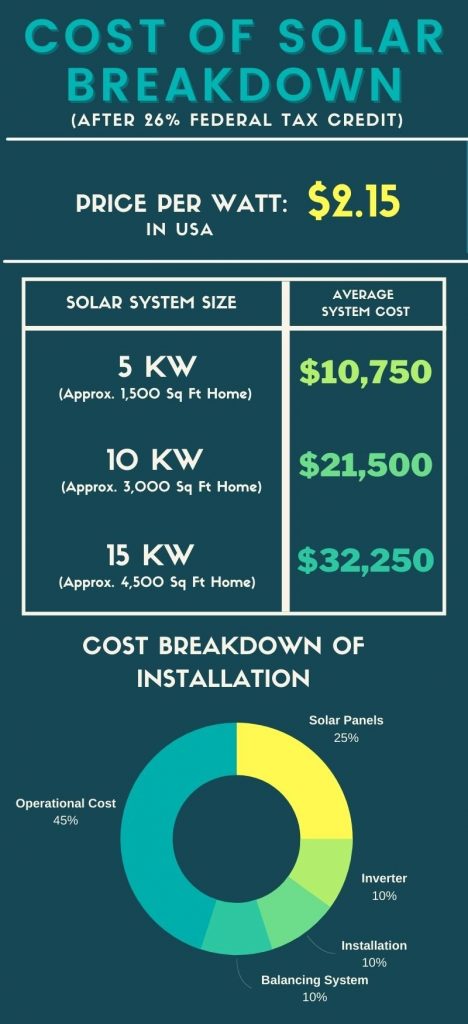
How Many Solar Panels Do I Need for a 1,500 Square Foot Home?
The average 1,500 square foot home will need 15-20 solar panels to achieve full energy production.
However, this can vary depending on 3 factors:
1. Your Energy Needs
As a rule of thumb, the more energy you use, the more solar panels you’ll need.
So to know how many solar panels you need, you first need to calculate how much energy you typically use in your home on an average day.
To do this, you can look at your electricity bills over the past year to get an average usage amount.
According to EIA, the average 1,500 square foot house uses around 10,632 kWh annually, or 886 kWh per month, so let’s assume you use around this amount as well.
2. The Amount of Sunlight You Receive
Now that we know that your home uses 886 kWh per month, we just need to calculate the solar system size that can roughly generate this amount of energy.
There are a few ways to do this, but the easiest method is to calculate how many “peak sun hours” your location receives on average.
Peak sun hours is a unit of measurement that calculates the number of hours that your area receives sunlight with a solar power intensity equal to 1,000 watts per square meter.
Without getting into too much detail, let’s just say that you receive an average of 5 peak sun hours per day, so that’s 150 peak sun hours per month.
Now, all we need to do is to divide your monthly energy usage (886 kWh) by your peak sun hours per month (150,) which gives us a system size of 5.9 kW.
3. The Solar Panel Wattage
The last thing we need to consider is how much energy each of your solar panels can produce, or how efficient they are at converting sunlight into electricity.
This is often referred to as the “wattage” of the solar panel.
Residential solar panels are available in many different wattage ratings from 10 watts to 700 watts, with the typical panel ranging between 250-400 watts.
Since we need a 5.9 kW (5900 watts) system, this means that you’ll need 59 100-watt solar panels or about 20 300-watt solar panels.
FAQs
How Long Do Solar Panels Last?
Solar panels typically have a lifespan of 20-25 years, although some can last even longer with proper maintenance and care.
However, the efficiency of solar panels gradually decreases over time, so you may need to replace or add new solar panels to your system at some point during this period.
How Long Does It Take for Solar to Pay For Itself?
Depending on how much your current electricity costs, it typically takes about 5-10 years for solar to pay for itself.
Does Solar Increase Home Value?
Solar increases your home value by up to 4.1%, and this number is expected to rise as the cost of solar continues to decrease.
So if your home is currently valued at $250,000, installing solar panels could increase its value by an estimated $10,000.
Do Solar Panels Work in the Winter?
Solar panels will still produce energy during the winter months, although they may produce less than in the summer due to shorter days and reduced sunlight exposure.
Does Hail Damage Solar Panels?
Hail damage is rare for solar panels, although it can happen if severe storms pass through your area.
However, most solar panel manufacturers have developed protective coatings and materials that can help protect your panels from hail damage.
Conclusion
If you’re looking to lower your energy costs and increase the value of your home, installing solar panels may be a great option.
To determine how many solar panels you need for your home, you’ll need to consider several different factors, including how much energy you typically use each month, how much sunlight your location receives on average, and the wattage rating of the solar panels you choose.
Once you have these factors figured out, you can calculate how much a solar system will cost for your home and how long it will take for the panels to pay for themselves.
Overall, solar panels are a great investment for homeowners looking to save money on their energy costs and increase the value of their homes.

